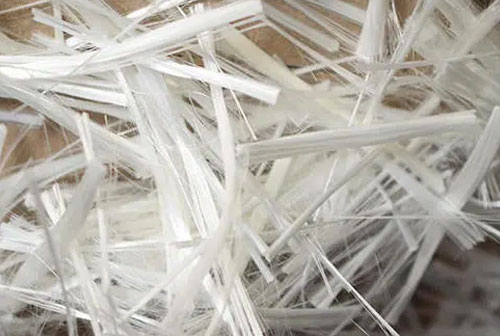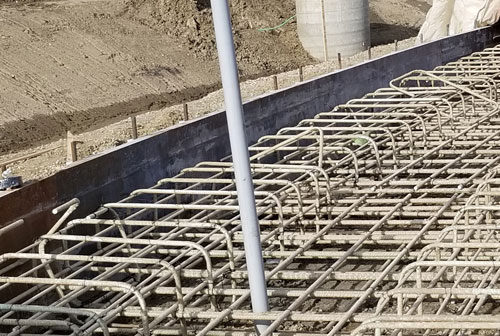
Glass fiber
Glass fiber reinforced plastics (GFRP), also known as fiberglass reinforced plastics (FRP), have emerged as a revolutionary class of materials, captivating the engineering world with their remarkable strength, lightweight nature, and versatility. But what exactly determines the strength of these composites, enabling them to withstand demanding applications across diverse industries? Let's unravel the science behind GFRP strength, uncovering the intricate factors that contribute to their exceptional performance.
Understanding GFRP Strength:
The strength of GFRP is not merely the sum of its individual components; it's a synergistic outcome of the interplay between the reinforcing fibers, the surrounding matrix, and the interface between the two. Each element plays a crucial role in determining the overall strength and performance of the composite material.
1. Fiber Properties:
At the heart of GFRP's strength lies the exceptional properties of its reinforcing fibers, primarily glass fibers. These fibers, typically made from silica, possess remarkable tensile strength, stiffness, and dimensional stability. Their ability to carry loads and resist deformation forms the backbone of GFRP's strength.
2. Matrix Properties:
The matrix, typically a polymeric resin like epoxy or polyester, plays a dual role in GFRP strength. It binds the fibers together, distributing stresses and preventing fiber separation. Additionally, the matrix contributes to the composite's overall stiffness and impact resistance.

Epoxy resin
3. Fiber-Matrix Interface:
The interface between the fibers and the matrix is a critical zone that significantly impacts GFRP strength. A strong and well-defined interface ensures efficient stress transfer from the matrix to the fibers, maximizing the load-bearing capacity of the composite.
4. Manufacturing Processes:
The manufacturing process of GFRP plays a pivotal role in determining its strength and performance. Factors such as fiber orientation, fiber distribution, and void content can significantly influence the composite's properties. Advanced manufacturing techniques like pultrusion, resin transfer molding, and continuous lamination can produce high-quality GFRP components with exceptional strength.
Factors Affecting GFRP Strength:
Several factors can influence the strength of GFRP composites:
Fiber Volume Fraction: The proportion of fibers to matrix significantly impacts GFRP strength. Higher fiber content generally leads to increased strength, but it can also affect matrix properties and processing characteristics.
Fiber Orientation: The alignment of fibers within the matrix plays a crucial role in determining GFRP strength. Unidirectional composites, with fibers aligned in a single direction, exhibit the highest strength in that direction.
Fiber Length: Longer fibers can effectively transfer stress and contribute to higher GFRP strength. However, excessively long fibers can hinder processing and potentially reduce impact resistance.
Fiber Surface Treatment: Surface treatments can enhance the fiber-matrix interface, improving stress transfer and increasing GFRP strength.
Matrix Properties: The strength, stiffness, and ductility of the matrix influence GFRP performance. A strong matrix can support higher fiber loads, while a ductile matrix can improve impact resistance.
Void Content: The presence of voids or air pockets within the composite can weaken the material and reduce its strength. Manufacturing processes that minimize void formation are essential for achieving high-strength GFRP.
Applications of GFRP:
The exceptional strength of GFRP has made it a material of choice for a wide range of applications, including:
Aerospace: GFRP components are used in aircraft structures, engine casings, and propellers due to their lightweight, strength, and fatigue resistance.
Construction: GFRP is employed in roofing, cladding, pipes, and reinforcing bars due to its corrosion resistance, strength, and lightweight properties.

GFRP in construction
Marine: GFRP is used in boat hulls, masts, and other marine components due to its resistance to saltwater corrosion, strength, and lightweight nature.

GFRP in marine
Automotive: GFRP is employed in car bodies, suspension components, and drive shafts due to its strength, lightweight properties, and ability to absorb impact energy.
 +86 15303735673
+86 15303735673 Jessica@frpzs.com
Jessica@frpzs.com
 Technical Data
Technical Data











